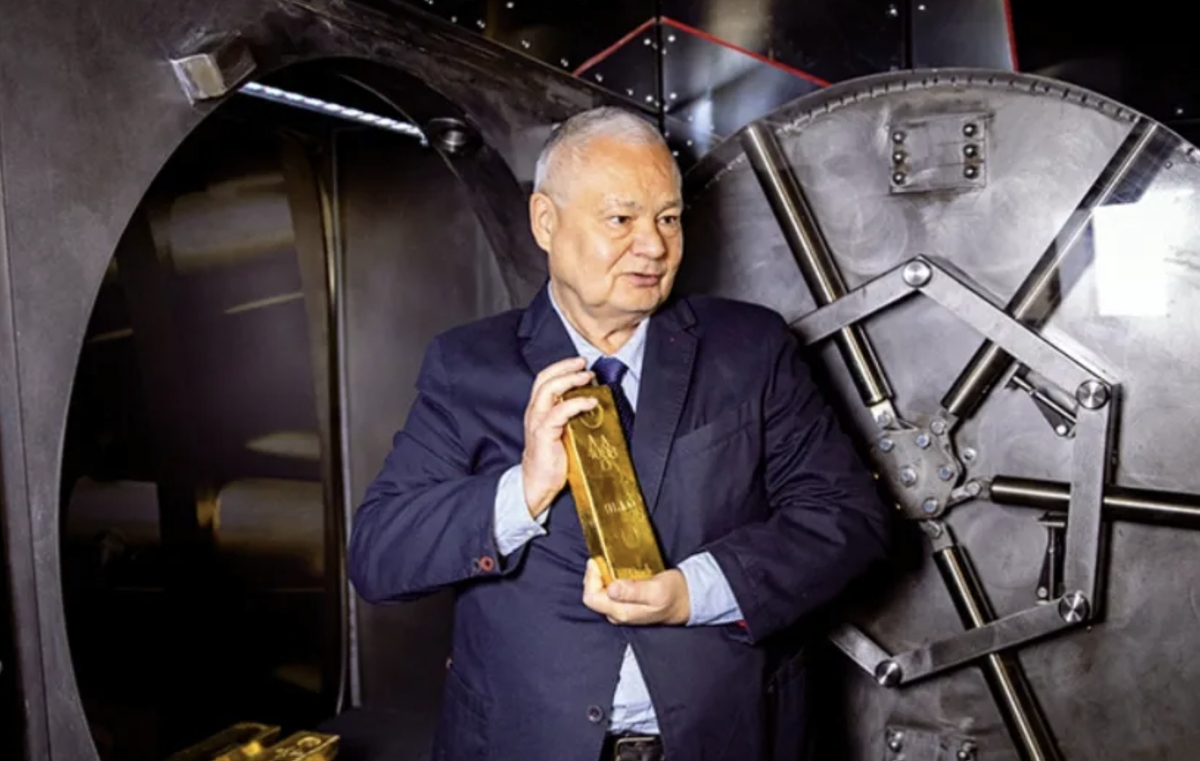The National Bank of Poland (NBP) increased its gold reserves by nearly 20 tons in May, according to calculations by bankier.pl. This marks the second consecutive month Polish monetary authorities have increased their holdings of the precious metal.
At the end of April, the NBP reported holding 7.83 million fine troy ounces of gold, and according to the London Bullion Market Association (LBMA) data, at the of May, its holdings were more than 8.47 million fine troy ounces.
If the calculations are accurate, this means that approximately 640,000 fine troy ounces of gold were added to the National Bank of Poland’s balance sheet in May, equivalent to some 19.9 tons. As a result, Polish gold reserves have increased to approximately 263 tons.
The figures indicate a second consecutive month of increased gold holdings by the NBP. It is worth noting that in April, the Polish central bank purchased 14.8 tons of gold, representing the first significant increase in gold reserves in nearly four years.
Back in early July 2019, the NBP announced the purchase of 100 tons of gold and the transfer of half of Poland’s gold reserves to domestic vaults. Prior to that, the NBP made its initial gold purchases in September 2018.
Last year, NBP Governor Adam Glapiński repeatedly stated the central bank’s intention to purchase an additional 100 tons of gold. However, none of these declarations materialized and by the end of December 2022, the NBP’s holdings remained practically unchanged from the beginning of the year. It seems that the NBP has started fulfilling Glapiński’s promises from last year since this spring.
In 2008, Western central banks abruptly halted the sale of gold reserves, which they had pursued for the previous two decades. Meanwhile, countries like China, Russia, India, Turkey and Kazakhstan, significantly increased their gold purchases. In 2018, Poland and Hungary joined this group, making the first purchases of gold in the European Union in 20 years.
In 2022, central banks made the largest gold purchases in at least 55 years, increasing their reserves by 1,135 tons. What is even more intriguing is that most of these purchases were not officially reported by monetary authorities in the statistics of the International Monetary Fund.





